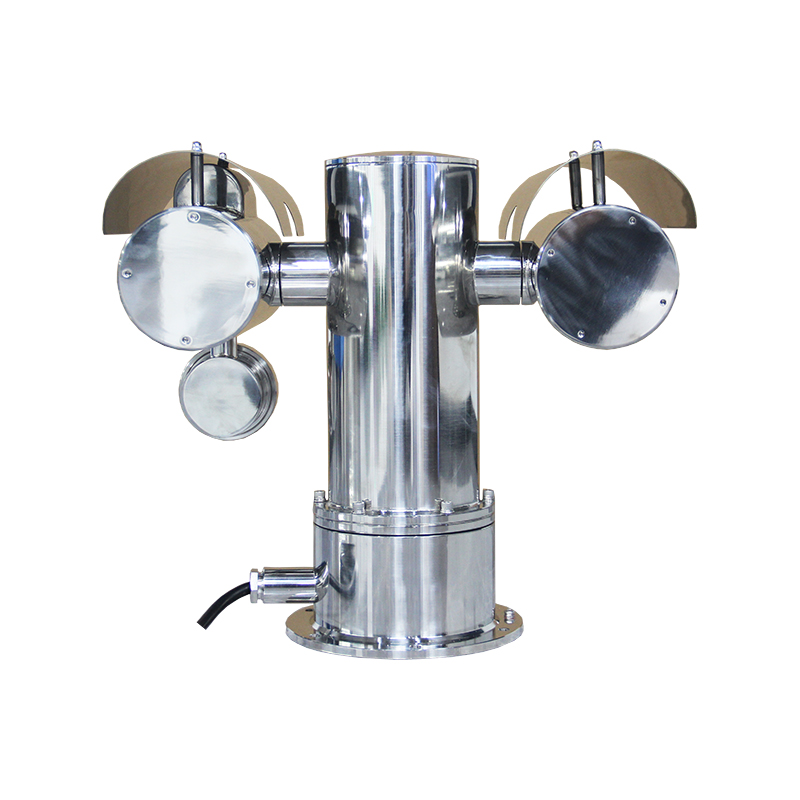35mm Explosion-proof Thermographic Camera
JV-ETVC4135-2037 are advanced optical instruments meticulously crafted for operation within environments that pose a significant risk of explosion or fire due to the presence of flammable gases, vapors, or dust. These binoculars integrate state-of-the-art technology with robust safety measures, offering unparalleled capabilities in hazardous settings.
Feature
➢Compliance with International Safety Standards:Designed and manufactured in accordance with international explosion-proof safety standards, such as ATEX or IECEx, ensuring global safety compliance.
➢Versatility:In addition to basic thermal imaging functions, they may also integrate various auxiliary features such as temperature measurement, image recording, and data analysis, catering to the needs of different application scenarios.
Technical paramater
JV-ETVC4135-2037 | |
Thermal imaging | |
Types of detectors | Uncooled infrared focal plane sensor |
Material type | Vanadium oxide |
Resolution ratio | 400×300 |
Cell spacing | 17μm |
Response band | 8- 14μm |
Thermal sensitivity, NETD | 40mK/F1.0 |
Frame frequency output | 50/60Hz |
Focal distance | 35mm |
Angle of field | 15°×11° |
F value | 1.0 |
Temperature measurement range | -20℃ ~ + 150℃ or 0 ℃ -550℃ |
Temperature measurement accuracy | ± 2 ℃ or ± 2% larger |
Temperature measurement response time |
≤ 30ms |
Visible light | |
Sensor type | 1/2” Progressive Scan CMOS |
Focal distance | 6-222mm |
Noise-signal ratio | >55dB |
Wide Dynamic | >120dB |
PTZ | |
Rotation range | Horizontal: 360° continuous rotation; vertical: ± 90° |
Rotation speed | Horizontal: 0. 1° -40° / s, vertical: 0. 1° -40° / s |
Preset point | 255 |
Preposition accuracy | ±0. 1° |
Explosion-proof sign | Ex db ⅡC T6 Gb/Ex tb IIIC T80℃ Db |
Operating temperature | - 40℃ ~60℃ |
Levels of protection | IP68 |
Outline hole specifications | 1 G3 / 4 " outlet hole |
Product weight | ≤ 30kg |
Use Environment
This product is specifically designed for use in environments where there is a risk of flammable or explosive atmospheres. These environments typically include:
-Oil and Gas Facilities:On offshore platforms, drilling rigs, refineries, and storage facilities where flammable gases or liquids are present.
-Chemical Plants:In areas where volatile chemicals are processed or stored, and where there is a risk of chemical reactions leading to explosions or fires.
Product Size











